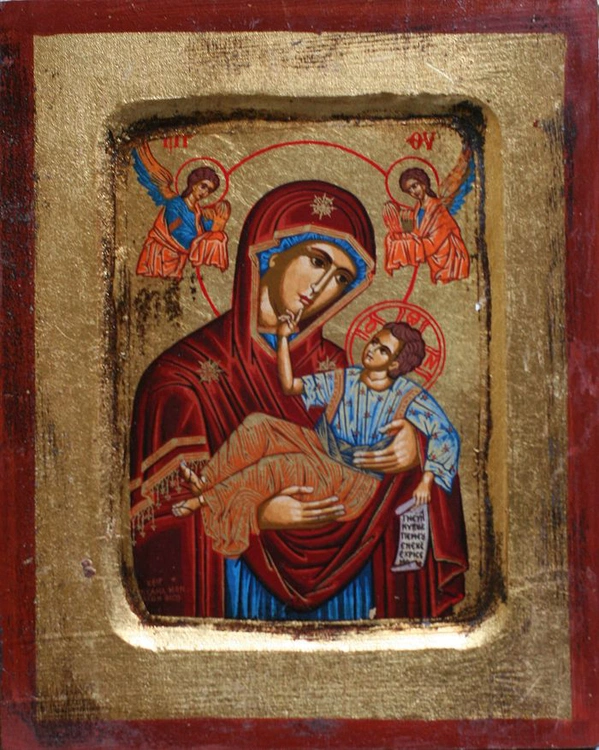Theologians usually associate a treatise about Mary with a lecture on the Church, because Mary is the best icon of the Church.

An ordinary young girl. No doubt full of hope in the future because she was already betrothed to Joseph, but still lived in her parent’s home. There came a messenger of God to her and offered her things unheard of: she was to give birth to the Son of God. In addition, without the involvement of a man. How is it possible? She asked about this. What does Joseph say? Better to forget about it. Even if God is asking, it exposes her to a monstrous amount of trouble. You’d have to be a teenager to agree to something so crazy.
But it was her “yes” in reply to God that brought the blessed effects to the world. Of course, there wasn’t just one “yes”. She certainly repeated it many times, not always understanding the behaviour of her Son. She repeated it as she looked on His painful death. She repeated it as she prayed with others at the formation of the primal Church. But her first yes was decidedly the most important – because it brought the Saviour into the world.
If you ask, what does it mean to be in the Church, looking at Mary you can say: a Christian is one who says to God’s plans “yes”. And this happens to be difficult. Not because God demands difficult things, but because most often we have our plans: even if they may be pious, but our own. We set the path we want to take. The older we are, the more respectable we are, the more we are committed to our own path. And sometimes God turns our lives upside down. For example, in illness. It’s not enough then to say we consent to the will of God. We still need to actually accept it . . . . Only then, thanks to this obedience, are really great things born. Such that the world comes closer to salvation. And then it is all the easier to attain what happened to Mary after her death, taken body and soul into heaven.